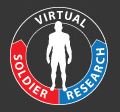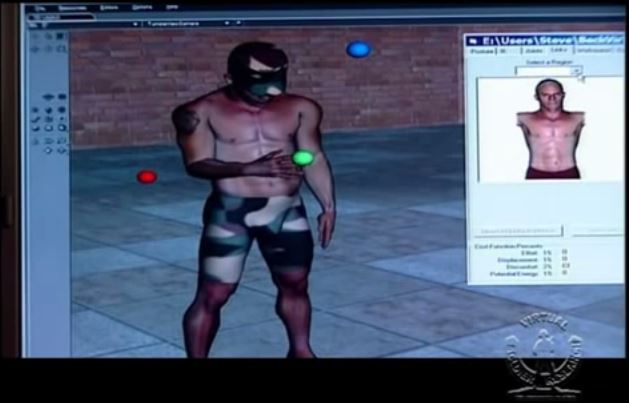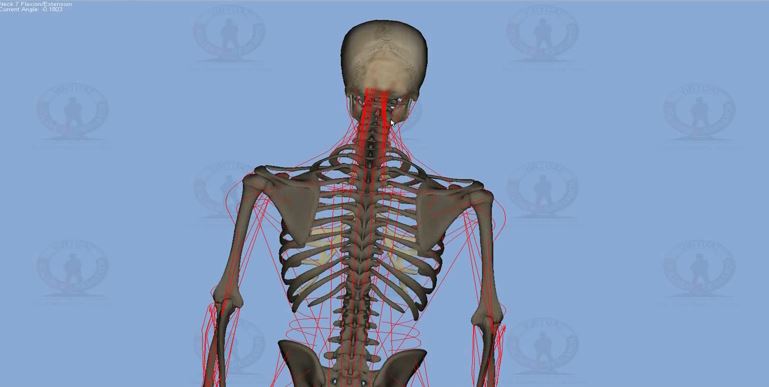BTN.com staff, September 11, 2014
On the surface, Santos? is just like any other average soldier - he works hard, strives to improve and gets tired.
There?s just one difference: He?s not real.
Santos? is a computer-generated human model and part of Virtual Soldier Research (VSR), an independent organization within the Center for Computer Aided Design, which is part of the University of Iowa?s College of Engineering.
 He?s able to simulate a range of motions and activities - all while faced with real-world constraints such as gravity, muscle strength and fatigue, and clothing.
He?s able to simulate a range of motions and activities - all while faced with real-world constraints such as gravity, muscle strength and fatigue, and clothing.
Established in 2003 by Dr. Karim Abdel-Malek, VSR employs a multi-disciplinary team of 35 undergraduates, graduate students and full-time professionals to bring Santos? to life.
?Of course [VSR] needs people in bio-mechanical engineering,? Malek said. ?But it also requires someone who knows physiology, which is in the College of Liberal Arts. As well as someone who understands muscles and why a muscle is activated at a certain joint at a certain time, which takes somebody from the College of Medicine.?
Although students who participate in VSR research come from various academic backgrounds, they come together around a common goal: making Santos? all that he can be.
We teach everyone the same basics.? Malek said. ?Regardless of their background or expertise, all students working at VSR go through an initiation, which is a 10-day course to let them know exactly what we?re doing and why we?re doing it, and to teach them some coding, even if they come from various backgrounds.?
Santos? often finds himself testing and designing military equipment. VSR researchers program him to carry heavy weapons, munitions and other gear across long distances, then measure the resulting success or failure and make the appropriate adjustments.
This kind of testing would usually cost millions and involve the extensive use of live soldiers. But thanks to Santos?, the military can skip these costly steps and have a workable prototype much sooner.
However, Santos? is more than just a ?military man.? He?s also involved in research for companies like Caterpillar and General Motors.
?Let?s say a farmer is using a piece of big, heavy equipment,? Malek said. ?Just that climb up to a combine or tractor is very dangerous; you can slide off or fall quite easily. So we use Santos? to predict falls or injuries that could happen in that situation, before the machinery is built, while still in the virtual world."
Another example is auto workers on an assembly line.
?They do things that are very rough, such as installing a hose inside a motor - the same hose, the same motor - every 10 minutes on a cycle,? Malek said. ?Then about six months later, the worker develops a rotator-cuff injury. So what we can do with Santos? is predict that injury and correct a worker?s posture, before actually creating the assembly line. We want to mitigate injuries like that.?
The result is groundbreaking and cost-cutting research for VSR?s military and civilian partners. And in addition to their real-world contributions, VSR and Santos? are inspiring students of all academic backgrounds - and vice versa.
?New students bring in new ideas,? Malek said. ?And when they do, I love to hear them.?
By Ben Warden
Read more about how the Big Ten is working with our military veterans:
[display-posts tag="livebig-veterans" posts_per_page="5"]







 Basketball is back! Find available live games on our B1G+ app via BigTenPlus.com.
Basketball is back! Find available live games on our B1G+ app via BigTenPlus.com. 
